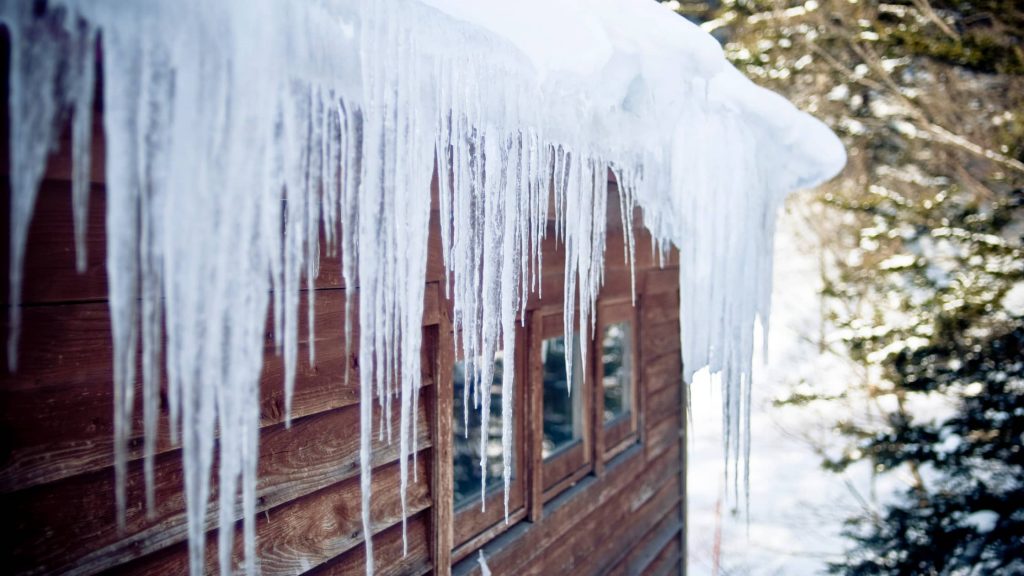Rooftop deicing is a crucial step in preventing damage to your property during the winter months. Ice and snow can cause significant damage to roofs, gutters, and other structures, resulting in costly repairs. Here are 10 rules for proper rooftop deicing:
- Regularly inspect your roof for any potential ice dams or snow buildup. This means checking your roof after each snowfall, or at least once a week during the winter months. Look for signs of snow buildup, ice dams, or icicles forming along the edges of the roof.
- Use a roof rake to remove as much snow as possible from the roof before it has a chance to freeze and cause an ice dam. A roof rake is a long-handled tool that is designed to safely remove snow from the roof without damaging the shingles.
- Use deicing cables or heating elements to prevent ice dams from forming. Deicing cables, which are typically made of copper or aluminum, can be installed along the edges of the roof to melt any snow or ice that may accumulate. Heating elements can also be installed to melt snow and ice, but they require a power source and proper installation.
- Use a roof-safe deicing solution, such as calcium chloride, to melt any remaining snow and ice. Be sure to read the manufacturer’s instructions and apply the solution as directed. Avoid using salt or other deicing chemicals that can damage the roofing material.
- Be sure to use the right amount of deicing solution. It is important to not overuse the solution as it can cause damage to the roofing material and also can be hazardous to the environment.
- Avoid using metal shovels or other metal tools when removing snow or ice, as they can cause damage to the roofing material. Instead, use a plastic shovel or other tool specifically designed for removing snow and ice from the roof.
- Never use a ladder or climb onto the roof to remove snow or ice, as it can be dangerous and cause damage to the roofing material. It is best to hire a professional for this task.
- Be sure to clear gutters and downspouts of any ice or snow to prevent water from backing up and causing damage. This can also help prevent water from seeping into the home, which can cause damage to the walls and ceilings.
- Consider hiring a professional roofing contractor to handle the deicing process if you are unsure of how to properly deice your roof. They have the experience and equipment to do the job safely and effectively.
- Have your roof inspected by a professional after the winter season to check for any damage that may have occurred. This will help identify any issues that may not be immediately visible, such as leaks or rotting wood. It is also a good idea to have the inspection before the winter season starts to make sure that your roof is in good condition and ready for the winter weather.
By following these 10 rules for proper rooftop deicing, you can help prevent damage to your property and avoid costly repairs. Remember to always consult a professional when in doubt. As an insurance brokerage, we want to help our clients protect their property and avoid claims. If you have any questions about insurance coverage, please contact us.
